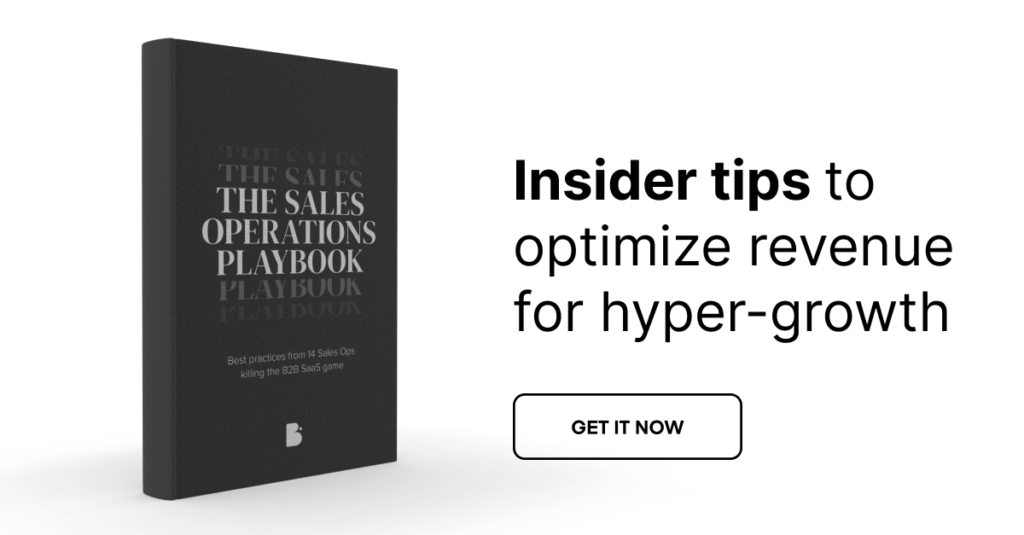Sales and Rev Ops leaders have long been the unsung heroes of revenue generation – until now.
We realized that Ops needed a voice, especially in the European market. That’s why we’ve created this Inside Modern Sales Operations series. You’ll find each article packed with; real, unfiltered advice from one Rev and Sales Operations leader that’s influencing the B2B SaaS industry worldwide.
Today we’re featuring Taimoor Tariq, Head of Revenue Operations at Sellics. Let’s jump on in!
Tell us a bit about yourself
I currently lead the Revenue Operations team at Sellics. Before moving to Europe, I worked in the sales operations space for seven years in Canada. Most of that time at high growth SaaS companies and have held various roles across the sales operations spectrum.
How do you contribute to your team’s success?
As the Head of Revenue Operations, I see my role as building an engine to accelerate growth and increase predictability in our business. Consequently, my role includes aligning marketing and sales on a single view of the company; increasing the effectiveness and efficiency of our sales teams through better processes and tools. I’m also responsible for building a culture of transparency and accountability through centralized reporting.
What are your sales operations best practices?
Create alignment, transparency, and predictability in delivery
Since the revenue operations team has multiple stakeholders – sales, marketing, customer success, and finance, we get pulled in all directions on projects and tasks.
What is critical to our team’s success is having a good intake and prioritization process to ensure that we are working on the most important thing for the business at all times.
Having a version of an Agile framework that involves sprints, daily standups, and prioritization meetings with stakeholders have done wonders in creating alignment, transparency, and predictability in delivering on our goals.
Recognize your biases
When we step into a new company, we sometimes make the mistake of looking at everything from the lens of the old company. While there may be overlap in how the business is run (especially in the SaaS world); no two businesses are alike.
Thus, that tool that made you look like a champ in the previous company might not work in the new environment. The key is to recognize that bias you might have in our decision making.
Custom code should always be your last resort
If you cannot solve a problem by building standard salesforce automation (workflow rules, process builder, flow); it might be better to buy a tool that can solve your problem rather than writing custom code. We often don’t consider the cost of maintenance of custom code when making those build vs. buy decisions. The person who inherits your Salesforce organization will thank you for not solving every problem with Apex.
There are instances when buying a new tool might be a better option to solve your problem rather than writing custom code.
When building or optimizing a sales process, I always like to start with understanding the customer’s buying process. It’s crucial to know where on the spectrum of “I don’t want to talk to a human to buy this” (no/low touch) to “I am looking for a partner than a software” (enterprise sales), your company operates. Knowing where you fall on that spectrum helps you realize your priorities.
If you operate in a transactional model with a lower ASP (Average Sale Price), you would want to make sure that your processes and tech-stack are geared towards reps spending less time doing administrative tasks and filling out unnecessary fields. In comparison, in a high ASP model with longer sales cycles; you would prioritize gathering more data per stage over speed.
Craving more rev ops insights? Get all 14 actionable sales operations tips in your free copy of the full guide.
Want to check out the rest of the Inside Modern Sales Operations series? Read more articles.

